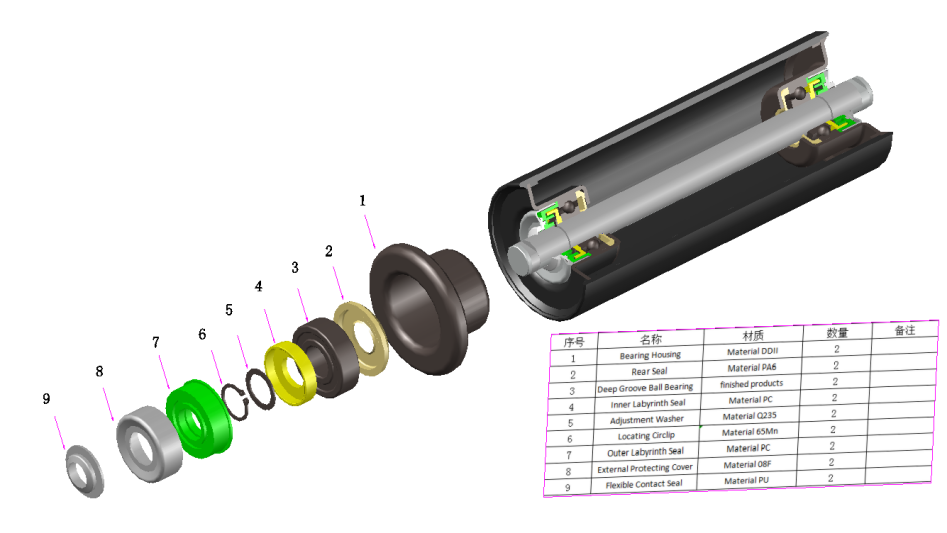 Afrikaans
Afrikaans  Albanian
Albanian  Amharic
Amharic  Arabic
Arabic  Armenian
Armenian  Azerbaijani
Azerbaijani  Basque
Basque  Belarusian
Belarusian  Bengali
Bengali  Bosnian
Bosnian  Bulgarian
Bulgarian  Catalan
Catalan  Cebuano
Cebuano  Corsican
Corsican  Croatian
Croatian  Czech
Czech  Danish
Danish  Dutch
Dutch  English
English  Esperanto
Esperanto  Estonian
Estonian  Finnish
Finnish  French
French  Frisian
Frisian  Galician
Galician  Georgian
Georgian  German
German  Greek
Greek  Gujarati
Gujarati  Haitian Creole
Haitian Creole  hausa
hausa  hawaiian
hawaiian  Hebrew
Hebrew  Hindi
Hindi  Miao
Miao  Hungarian
Hungarian  Icelandic
Icelandic  igbo
igbo  Indonesian
Indonesian  irish
irish  Italian
Italian  Japanese
Japanese  Javanese
Javanese  Kannada
Kannada  kazakh
kazakh  Khmer
Khmer  Rwandese
Rwandese  Korean
Korean  Kurdish
Kurdish  Kyrgyz
Kyrgyz  Lao
Lao  Latin
Latin  Latvian
Latvian  Lithuanian
Lithuanian  Luxembourgish
Luxembourgish  Macedonian
Macedonian  Malgashi
Malgashi  Malay
Malay  Malayalam
Malayalam  Maltese
Maltese  Maori
Maori  Marathi
Marathi  Mongolian
Mongolian  Myanmar
Myanmar  Nepali
Nepali  Norwegian
Norwegian  Norwegian
Norwegian  Occitan
Occitan  Pashto
Pashto  Persian
Persian  Polish
Polish  Portuguese
Portuguese  Punjabi
Punjabi  Romanian
Romanian  Russian
Russian  Samoan
Samoan  Scottish Gaelic
Scottish Gaelic  Serbian
Serbian  Sesotho
Sesotho  Shona
Shona  Sindhi
Sindhi  Sinhala
Sinhala  Slovak
Slovak  Slovenian
Slovenian  Somali
Somali  Spanish
Spanish  Sundanese
Sundanese  Swahili
Swahili  Swedish
Swedish  Tagalog
Tagalog  Tajik
Tajik  Tamil
Tamil  Tatar
Tatar  Telugu
Telugu  Thai
Thai  Turkish
Turkish  Turkmen
Turkmen  Ukrainian
Ukrainian  Urdu
Urdu  Uighur
Uighur  Uzbek
Uzbek  Vietnamese
Vietnamese  Welsh
Welsh  Bantu
Bantu  Yiddish
Yiddish  Yoruba
Yoruba  Zulu
Zulu types of pulley lagging
Types of Pulley Lagging
Pulley lagging is an essential component in the design and functionality of various conveyor systems, especially in industries that rely heavily on material handling. The lagging on a pulley serves as a key interface between the conveyor belt and the pulley itself, enhancing grip and minimizing wear. There are several types of pulley lagging, each suited to different applications and conditions.
1. Rubber Lagging
One of the most common types of pulley lagging is rubber lagging. It is widely used due to its excellent frictional properties. Rubber lagging offers high traction, which significantly reduces slippage between the conveyor belt and the pulley. It is ideal for applications where heavy loads are transported and where moisture or slip can be a significant issue. Additionally, rubber lagging is relatively easy to install and maintain, making it a popular choice across various industries.
For applications that experience extreme wear or require high friction coefficients, ceramic lagging is often used. Ceramic lagging features embedded ceramic tiles that enhance the grip between the pulley and the belt. This type of lagging is particularly beneficial in applications involving abrasive materials, such as in mining or construction. While ceramic lagging can be more expensive than rubber alternatives, its long lifespan and durability can lead to cost savings in the long run by reducing downtime and maintenance needs.
3. Polyurethane Lagging
types of pulley lagging

Polyurethane lagging is another option that offers outstanding wear resistance and flexibility. It is suitable for applications that require a lighter solution without compromising on performance. One of the advantages of polyurethane is its resistance to various chemicals and oils, making it ideal for environments where these substances may be present. Moreover, polyurethane lagging can be formulated to various durometers, providing customized solutions for specific operational conditions.
4. Steel Lagging
In particularly challenging environments, steel lagging may be employed. Steel lagging provides an incredibly robust solution, suitable for handling the heaviest loads and most abrasive materials. This type of lagging minimizes the risk of damage to both the pulley and the conveyor belt, which can lead to longer equipment life and less frequent replacements. However, it is crucial to note that while steel lagging is durable, it may lead to more significant wear on the belt itself, requiring careful consideration of the trade-offs involved.
5. Fabric Lagging
Fabric lagging can also be an effective solution in specific applications. Typically made from materials like polyester, fabric lagging is lightweight and can provide adequate traction for lighter loads. It is often used in applications where noise reduction is desired. Fabric lagging is not as durable as rubber or ceramic options, but it may be suitable for low-friction environments.
Conclusion
Choosing the right type of pulley lagging is vital for ensuring the efficiency and longevity of conveyor systems. Each type of lagging offers distinct advantages and is suited for different operational conditions. Understanding the various options and their applications can help industries optimize their material handling processes, reduce maintenance costs, and improve overall productivity. Therefore, a thoughtful selection based on specific operational needs is key to maximizing performance in any conveyor system.
-
Revolutionizing Conveyor Reliability with Advanced Rubber Lagging PulleysNewsJul.22,2025
-
Powering Precision and Durability with Expert Manufacturers of Conveyor ComponentsNewsJul.22,2025
-
Optimizing Conveyor Systems with Advanced Conveyor AccessoriesNewsJul.22,2025
-
Maximize Conveyor Efficiency with Quality Conveyor Idler PulleysNewsJul.22,2025
-
Future-Proof Your Conveyor System with High-Performance Polyurethane RollerNewsJul.22,2025
-
Driving Efficiency Forward with Quality Idlers and RollersNewsJul.22,2025





























